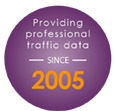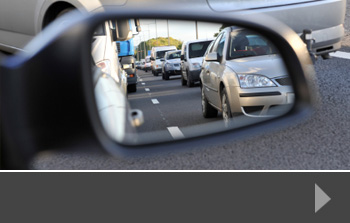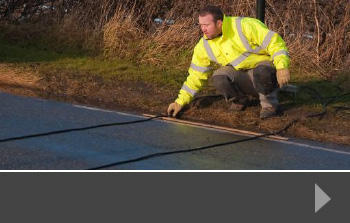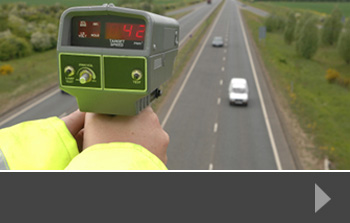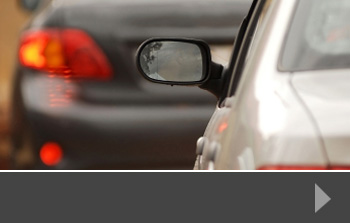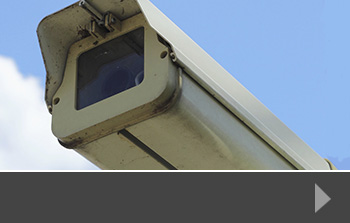New measures for M4/M5 – traffic survey online for road users
An £88 million project to manage traffic flow and improve driver safety on a seven-mile stretch of road where the M4 meets the M5 at the Almondsbury Interchange just outside Bristol. The project uses a variety of smart technologies to manage traffic, helping road users to keep moving safely, reducing the potential for accidents and making the most of the motorway network.
HA Traffic Survey
The scheme was launched in January 2014, and now the Highways Agency is conducting a traffic survey which asks for driver experiences, so that the Agency can assess the effectiveness of the system in its early days.
The scheme uses a number of technologies and traffic management options which may be familiar to those driving on other busy sections of the UK motorway network. These include variable speed limits, the use of the hard shoulder as an additional lane during heavy traffic and responsive overhead signs that can give quick and accurate information to drivers about lane closures, accidents or incidents ahead and access for emergency vehicles.
Feedback on Smart Road Management
“More than 140,000 vehicles use this stretch of the M4 and M5 every day,” said Paul Unwin of the Highways Agency. “After a two year period of residents and commuters patiently enduring road works and heavy construction, we are now keen to hear just how our road users are adjusting to the new system. I therefore urge drivers to take our online survey, so we can better understand the needs of road users for future projects.”
The Highways Agency also said that although work was complete and the project launched, there will still be some overnight closures and diversions as additional work takes place. Diversions will be in place for those road users affected.
Do you use this stretch of motorway? If you’d like to give your feedback, you can visit the Highways Agency Traffic Survey page.
Traffic Survey Data from RDS
For detailed, tailored traffic surveys, including automated traffic counts, speed surveys, queue surveys and journey time surveys, talk to RDS. We specialise in designing, implementing and reporting on a wide range of traffic and pedestrian-related issues. Our data helps you to make decisions about highways management, traffic flow around new developments, improved pedestrian and cyclist safety and much more. To find out how we can help, just contact us today.
GEM Motoring Assist, a national vehicle assist organisation, has released the results of a driver survey it carried out recently. The company spoke to a range of drivers about the driving behaviours that annoyed them most.
Road rage and traffic queues
It seems like it’s the little things that annoy drivers the most – either because the actions are dangerous or because there is no punishment, so those actions are repeated again and again by drivers who do not learn. Two out of three of drivers surveyed said that they particularly disliked tailgaters – drivers who drive too close to the car in front. Tailgating can be a dangerous practice, particularly on dual-carriageways and motorways, where failing to leave enough braking space can cause accidents when traffic suddenly slows down because there are traffic queues ahead.
Drivers also said that not indicating was a major source of annoyance, as was cutting across lanes, and failing to acknowledge or thank when being let into a queue. But in a separate survey conducted by carloan4u.co.uk, London drivers also admitted to their own bad behaviour, which included texting, smoking, eating and operating their satnavs whilst driving. Traffic problems caused by drivers not paying attention are often the reason for longer queues and for road rage incidents.
Analysing traffic queues
A build-up of traffic can happen for many reasons. In some cases, it is simply down to volume of traffic or poor road, junction and pedestrian crossing planning. In others, it may be that there is a particularly dangerous stretch of road where accidents occur, or it can be driver error which results in an accident, causing queues behind.
If an area is experiencing frequent queues that disrupt journey times and affect local residents, the first step is to conduct a queue survey. A well-planned and organised survey collects and analyses key data that allows good decisions to be made so that problems associated with traffic can be resolved.
Queue surveys from Road Data Services
We specialise in conducting a wide variety of traffic and pedestrian surveys to help local authorities, developers and planners to make the most informed decisions. Our services are used by organisations across the UK to help them see how to improve current conditions or plan to avoid problems in the future. Just contact us today to find out more.

